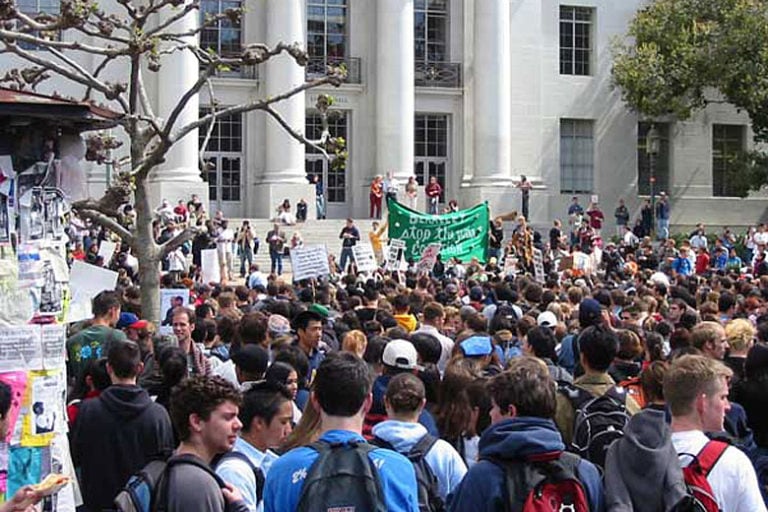

More nutritional food, medicines, better hygiene is needed, say aid workers, adding that almost 30 people have died in the camps due to various illnesses. Many children are sick with diarrhoea while others sit in long lines on the ground with empty steel plates waiting for their lunch - a mixture of rice with lentils. Some new mothers are still bleeding profusely three or four days after delivery. Mothers give birth to babies to the camps with no medical support and are weak and unable to produce milk, forcing them to give their babies cow’s milk or water to stop their wails. Some weep as they tell me how days after fleeing, they are forced to return - escorted by paramilitary - to retrieve the bloated bodies of their loved ones so that they can perform their last rites. I have no way to verify if they are genuine. In other camps, survivors show me chilling videos on their mobile phones of bodies of dead children. Some have bandages covered with dried blood on the back of their heads. Young men lift their t-shirts to show wounds on their back of their shoulders where they were attacked. Others witnessed members of their families hacked with machetes and sickles or beaten to death with rods. I took my child and ran through the forests.” “They killed my neighbour and ripped the gold earrings out of her earlobes. “They came wearing military uniforms to confuse us and just started shooting,” said Ohila Bibi, 49, from a village near the town of Gossaigaon. Those that could run or hide in the nearby mangroves or rice plantations were lucky. They speak of large groups of armed men, sometimes up to 200, surrounding villages in the dead of night and going on the rampage. They eagerly crowd around, relieved to have found someone who wants to hear their harrowing tales of death, destruction and displacement. In the suffocating humidity and high temperatures, women sit on school benches with limp babies in their laps, while men languish cross-legged on stone floors with their heads in their hands - unwilling to be reminded of the terror that made them flee.īut then there are others who do not want to forget. Hundreds of thousands of people from both communities have left their homes, seeking refuge in schools which have been converted into camps for the displaced. More than 85 people have died - shot or hacked to death with machetes. The only movement are the convoys of paramilitary trucks or 4X4’s filled with government officials who sporadically race down these roads, with screaming sirens and red flashing lights.Ī month since deadly riots between Bodo tribes people and Muslim villagers erupted in Kokrajhar and its surrounding districts, curfews have become the norm, and fear now stalks this lush, riverine region which borders Bangladesh.
URBAN STRIFE REVIEW WINDOWS
There are no children in uniforms returning home from school, no street vendors selling quick and tasty fried snacks, not even the familiar stray dogs have made an appearance.ĭoors are padlocked, windows boarded up and hens, goats and cattle are kept inside compounds. As you drive along the main roads of lower Assam in India’s remote northeast, the small, dusty towns appear deserted - almost like ghost towns - despite it being the middle of the day.


 0 kommentar(er)
0 kommentar(er)
